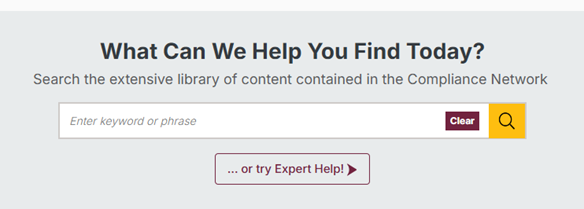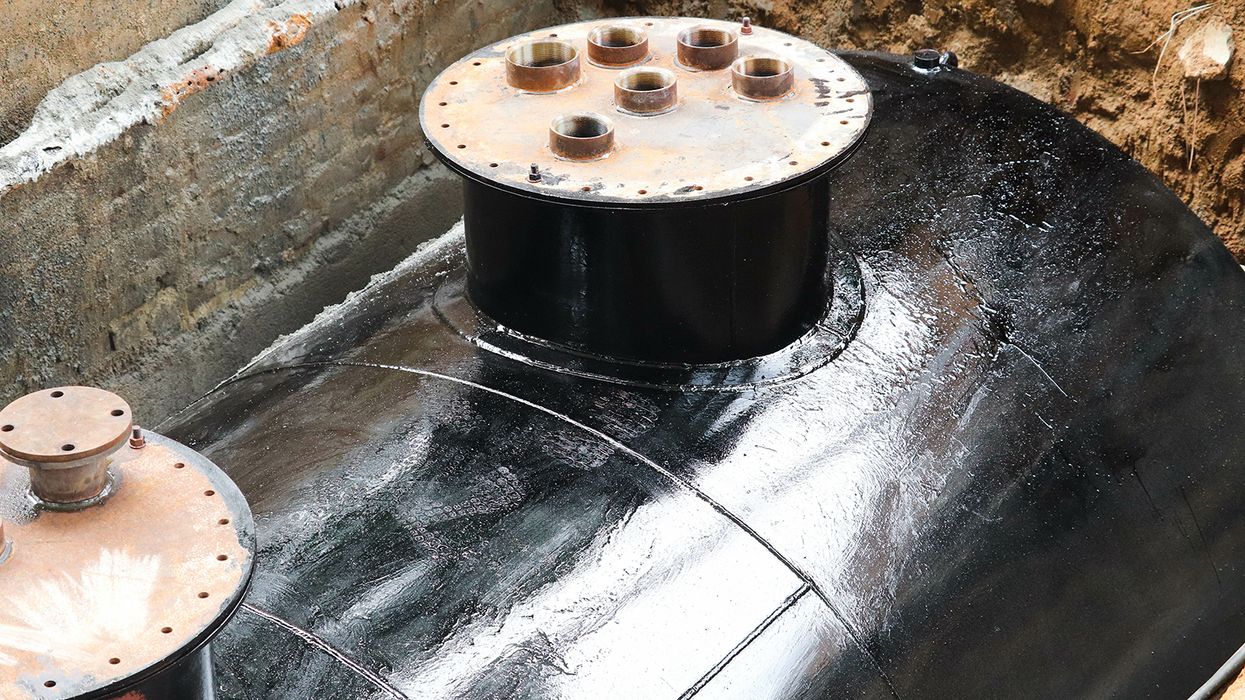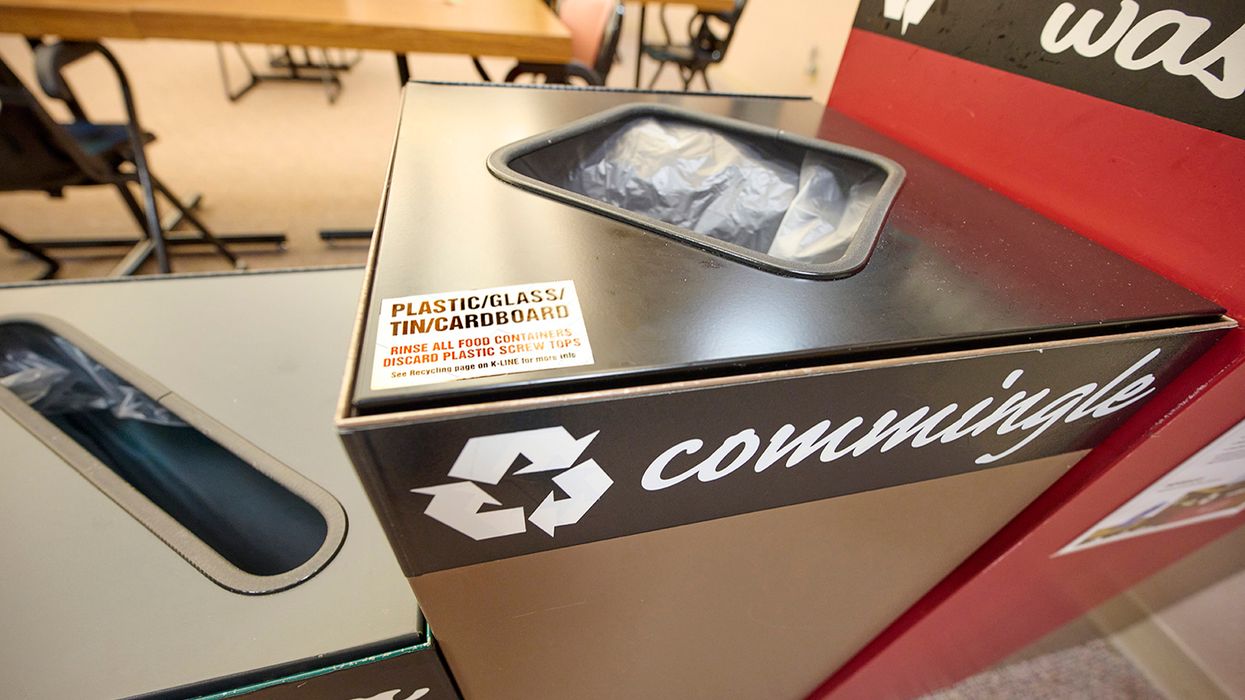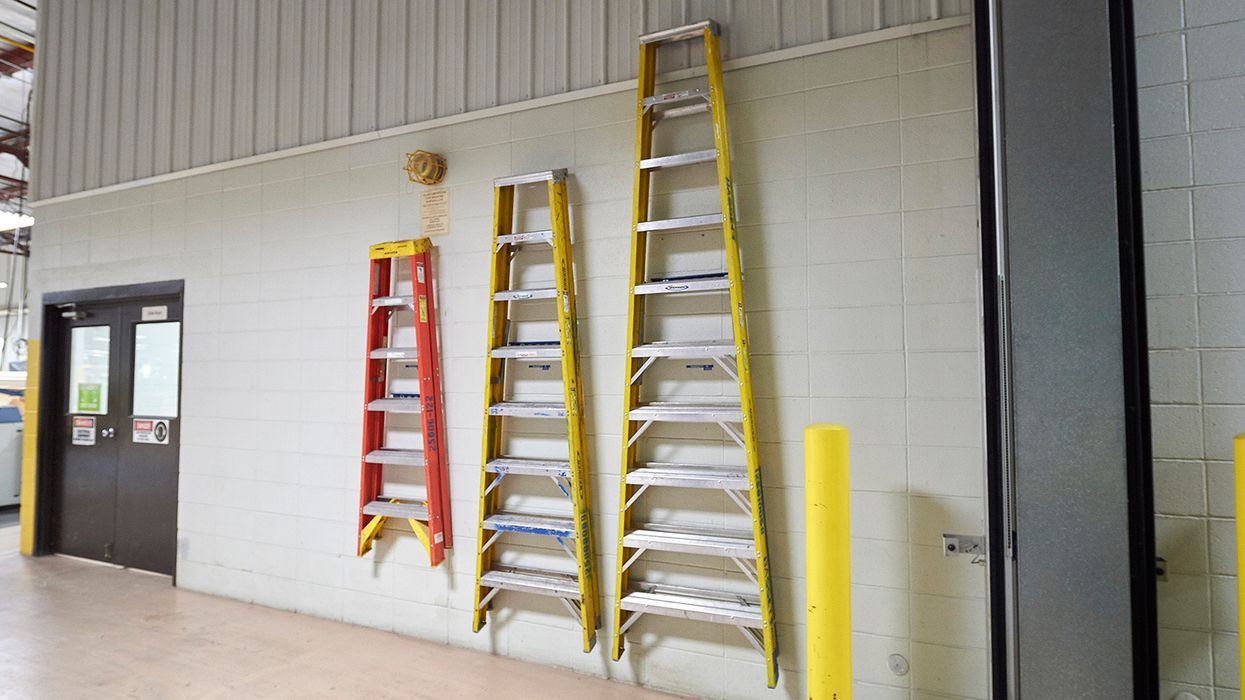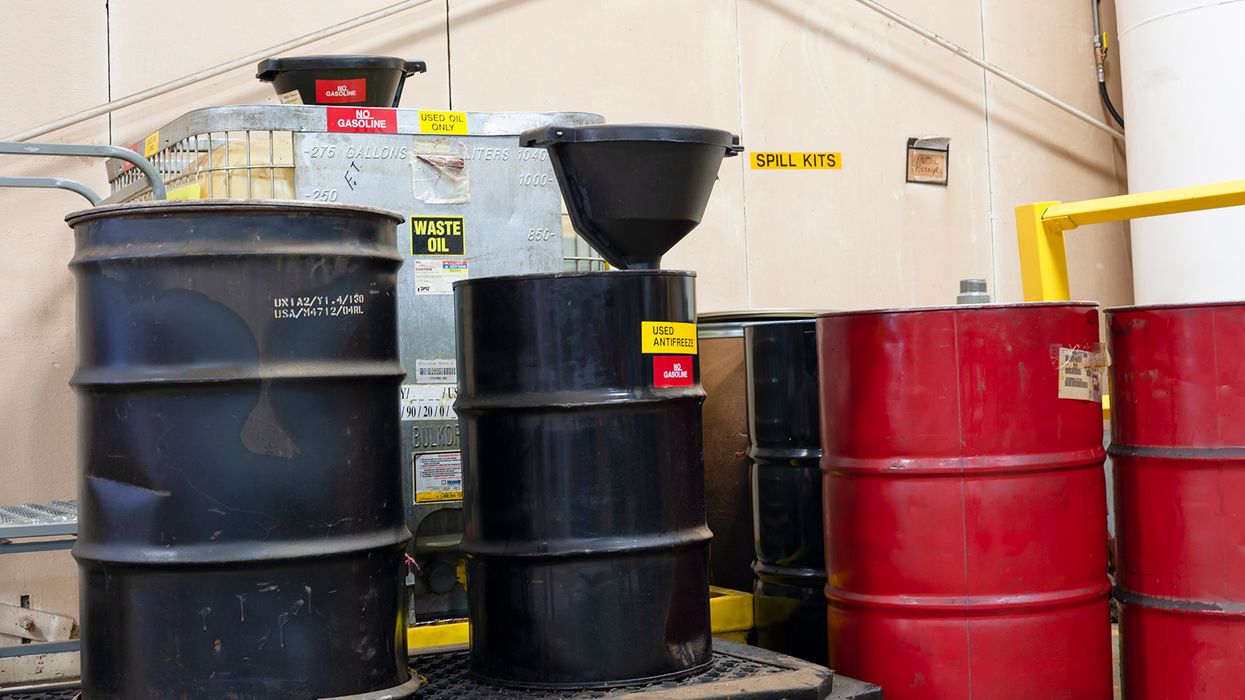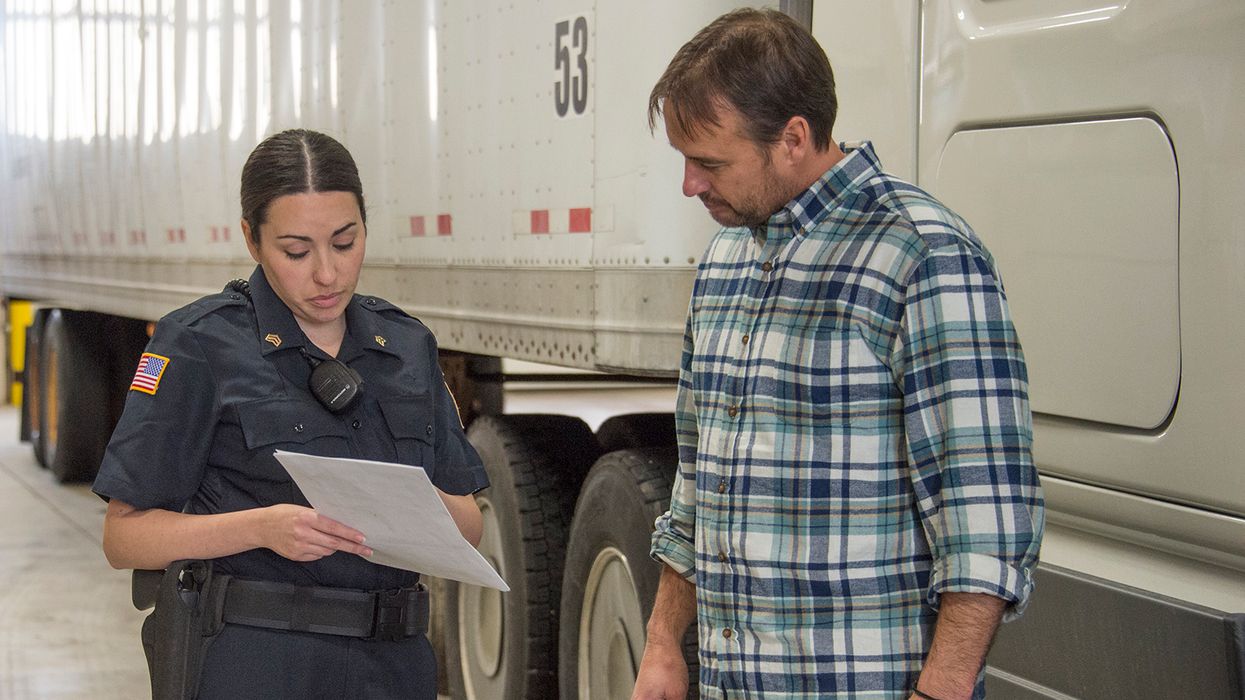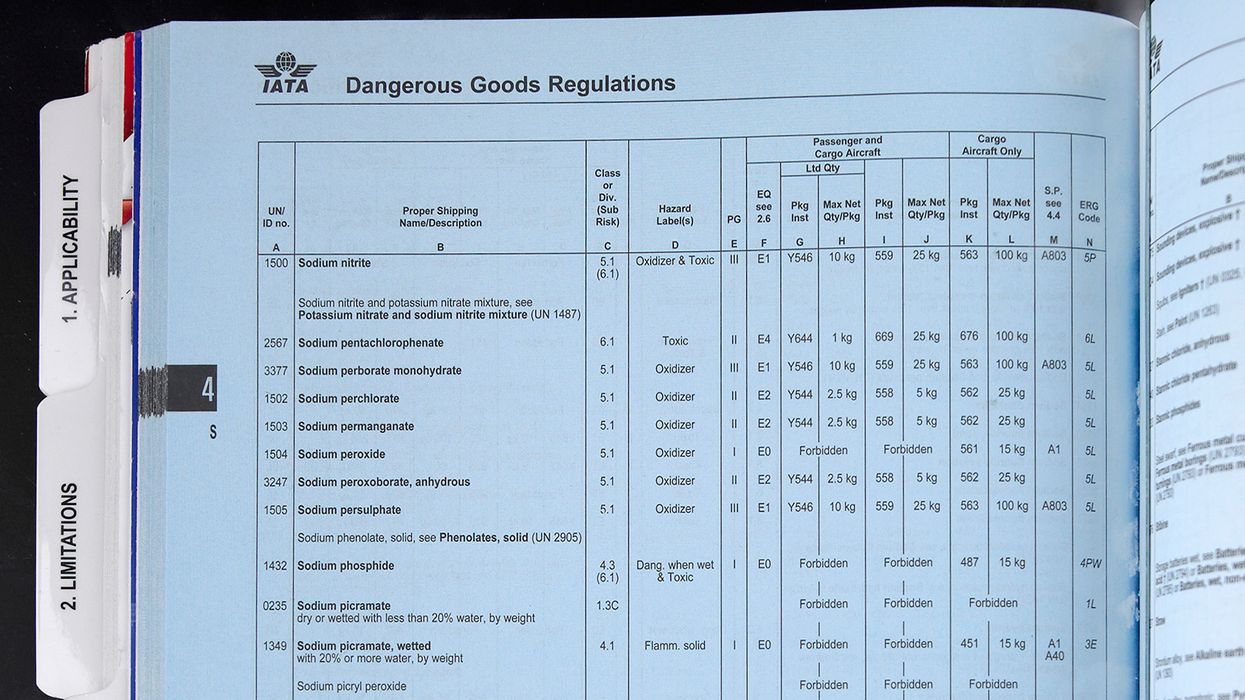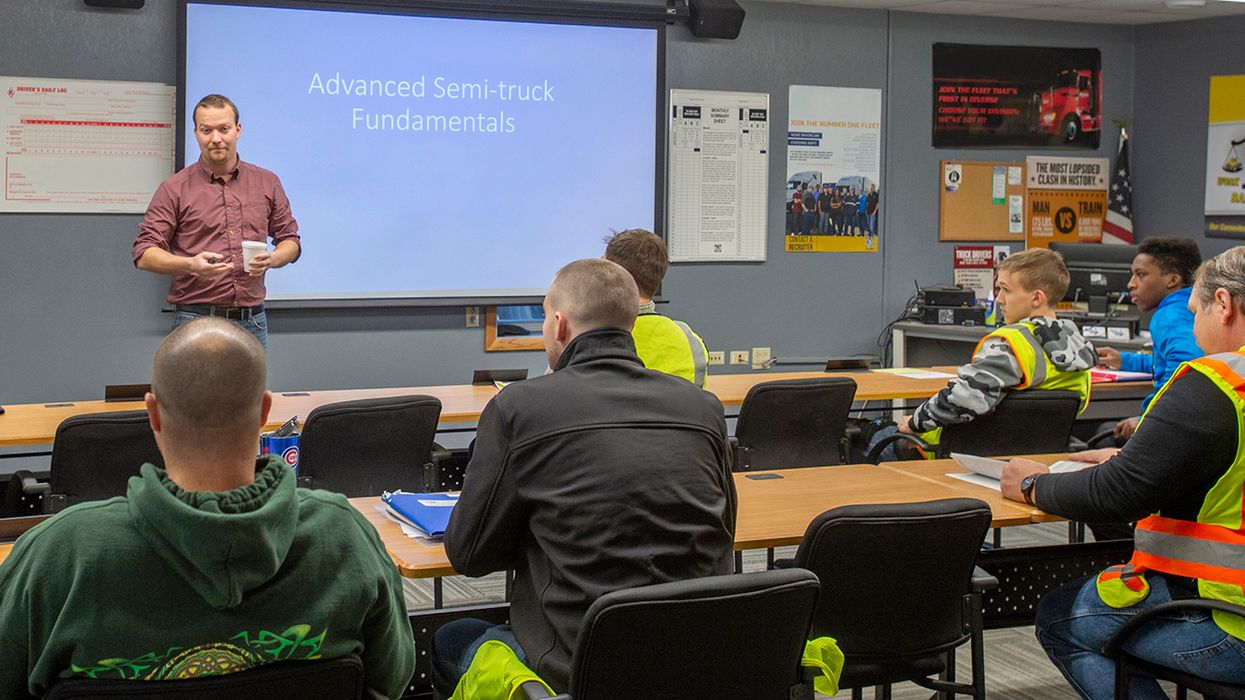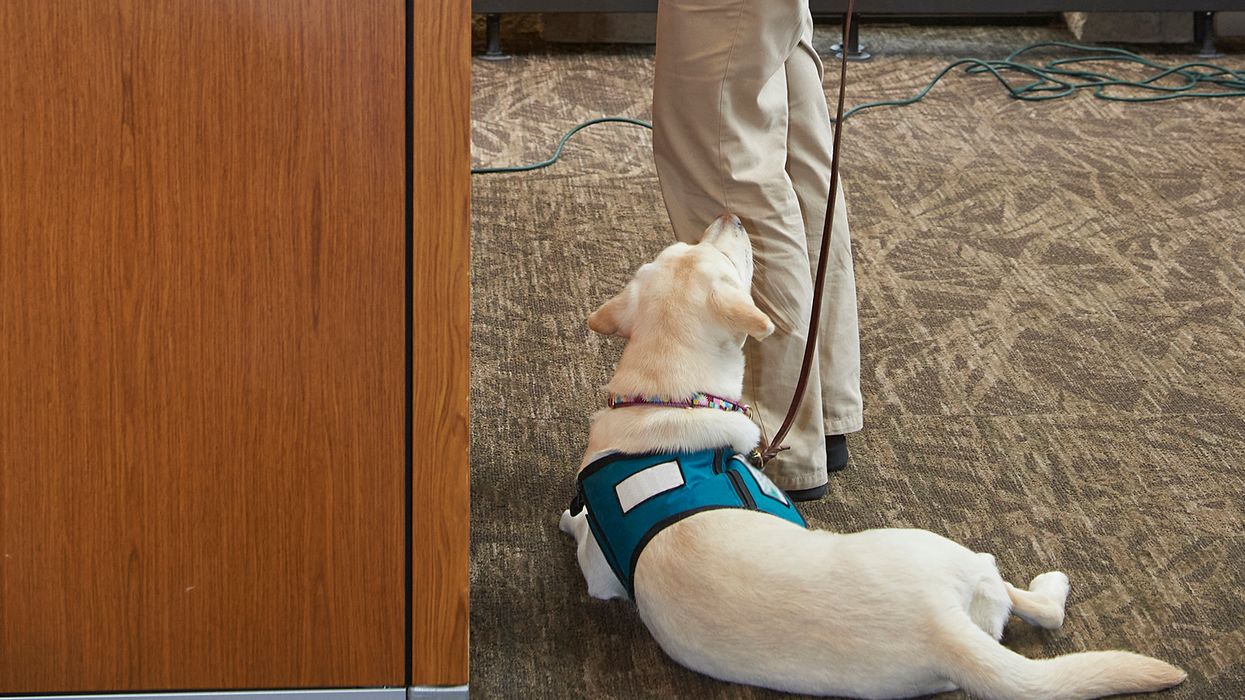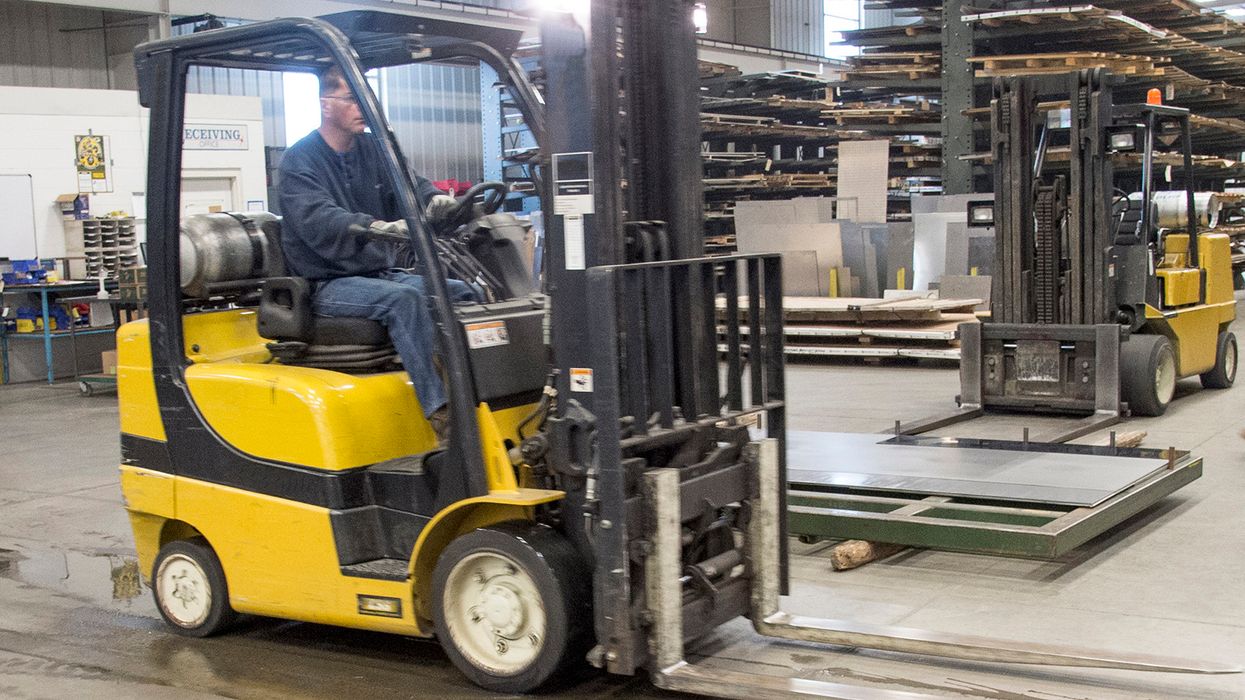How a simple roster mistake can create a compliance headache in DOT testing
Managing DOT drug and alcohol testing demands attention to detail. Items don’t have to be huge to derail your program if overlooked.
One task that can snowball into bigger issues is assembling a driver roster for your DOT testing. If done incorrectly, it can open the carrier up to several violations that will be discovered in the event of an audit.
Identifying who is subject to Part 382
Knowing who is subject to DOT drug and alcohol testing is critical to running a compliant program. If there is any misunderstanding of which drivers are subject to Federal Motor Carrier Safety Administration (FMCSA) testing (49 CFR Part 382), it will have a trickle-down effect and create a series of violations.
A driver in a safety-sensitive position is anyone operating or called upon to operate a commercial motor vehicle (CMV) requiring a commercial driver’s license (CDL).
Some carriers fail to include all covered drivers. This often occurs when drivers:
- Have other job titles (mechanic, dispatcher, supervisor);
- Are backup, seasonal, or intermittent drivers;
- Are provided by a staffing service; and/or
- Are leased owner-operators.
Then there are administrative mistakes, including instances when:
- New hires are forgotten from the list,
- Those holding commercial learners permits (CLPs) are not considered full drivers, or
- Current drivers are mistakenly removed from the list when on a leave of absence.
Individuals who don’t qualify for testing
On the flip side, it’s just as much a violation to include those who don’t qualify as it is to forget to add drivers who do.
Common errors include:
- Tagging everyone with a CDL as subject to Part 382, regardless of what vehicle they might operate;
- Placing those operating non-CDL CMVs in the DOT testing program; and
- Failing to remove drivers who have left the company or switched to a non-regulated role at the carrier.
How an inaccurate roster can domino into noncompliance
When drivers who are subject to DOT FMCSA testing are inadvertently omitted from the driver list, it can result in:
- Missed new-hire tasks, such as:
- A pre-employment drug test;
- Requests of DOT testing history, including a pre-employment Drug and Alcohol Clearinghouse query; and
- Issuance of the company drug and alcohol policy; and/or
- Failing to run annual Clearinghouse queries.
And the most serious issue of all might be using a driver who is under the influence of drugs or alcohol, and DOT testing was not used to help detect the safety concern.
If a driver is included in the DOT testing program when they should not be, there are several violations that can happen. A top one is representing a test as being required under DOT when it is not.
Several administrative issues can arise from this misidentification. For instance, if a carrier requests a Clearinghouse query on a driver who doesn’t hold at least a CLP, they will likely receive a message that the driver does not exist in the database. The driver will also have difficulty trying to register with the Clearinghouse when asked to do so by the employer since they are not in the CDL database.
In both examples, if drivers are left out or added in error, the random selection will be skewed. The average number of driving positions will not be correct, and any tests completed on non-safety-sensitive positions can’t be counted toward your annual testing rate in the event of an audit. Everything must be recalculated in both scenarios.
Data in the Clearinghouse
When a driver in a non-safety-sensitive position fails a DOT drug or alcohol test and the incident is reported to the Clearinghouse, this creates a record for the driver.
For the non-CDL holder, it has a lesser consequence because the system is unable to tie it to a CDL. The test will be downgraded by the FMCSA if the driver or employer uses DataQs to remove it.
It gets tricky when the individual holds a CDL and wants the violation stricken from the record. The employer and driver can try to get it removed using DataQs, since an MRO will not downgrade the test.
However, even if the carrier admits the error through DataQs, FMCSA will more than likely not accept the excuse that the driver should never have been tested. The agency typically doesn’t downgrade a failed DOT test if the driver holds a CDL or CLP. This reported violation will result in a prohibited status in the Clearinghouse and a downgraded CDL or CLP.
Key to remember: When assembling a driver roster for DOT testing, always look at who is operating a CDL CMV for you — even occasionally. Don’t include drivers based on licensing alone or the operation of non-CDL regulated vehicles. Both omission of an eligible driver or inclusion of an employee who does not qualify will result in violations.
























